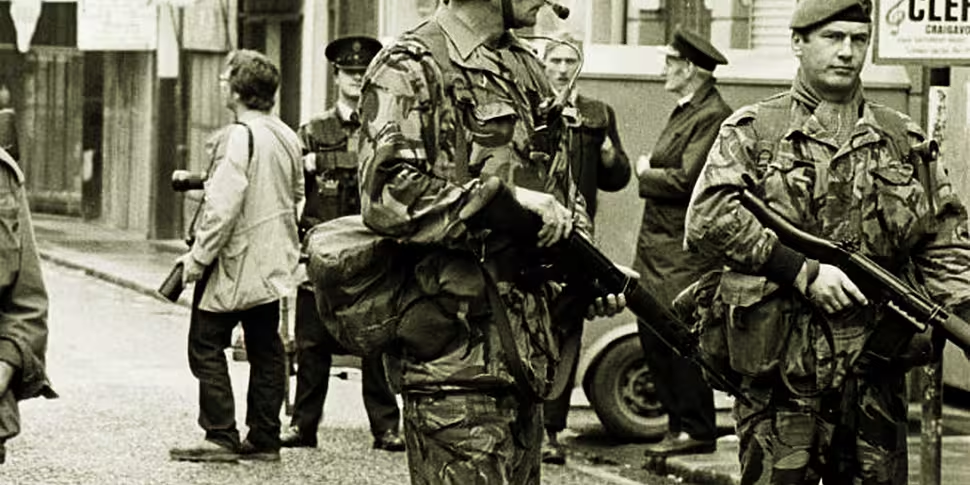British military intelligence operatives in Northern Ireland in the 1970s spread rumours that paramilitary groups were engaged in black magic and Satanism, in an attempt to lessen support for the groups in the province.
The tactics set out to exploit traditional Irish superstition and the public fear of black magic and Satanism that had been engendered in the early 1970s by films such as The Exorcist and The Devil Rides Out.
A new study has discovered that the British military agents used fears of black magic, witchcraft and demonic possessions as part of a covert strategy to shatter grassroots support – from staunchly religious areas – for the men engaged in sectarian violence in Northern Ireland in the early years of the Troubles.
Prof Richard Jenkins of Sheffield University has released a new book, ‘Black Magic and Bogeymen: Fear, Rumour and Popular Belief in the North of Ireland’ and in it he details the “popular scare about black magic and Satanism in the North of Ireland between 1972 and 1974” and “gives an insight into a particularly grim period during the early 1970s in Northern Ireland, using an extremely unusual episode - the black magic rumours.”
The Guardian reports that Prof Jenkins interviewed many of those British agents involved in the operation, including the commander of the army’s “black operations” in the North, Captain Colin Wallace.
Wallace told Jenkins that the British agents west out to create a panic over Satanism between 1972 and 1974, with several operations conducted, including placing black candles and upside down crucifixes in derelict buildings around Belfast by a specially formed ‘psych ops’ branch of the military.
Once the planted ‘black magic’ artefacts were in place the military’s press office would contact local newspapers about black masses and rituals occurring across the city – from the nationalist Ardoyne to the loyalist areas in the east of the city.
Wallace told Jenkins that they wanted to create the idea among the population that the acts of the paramilitaries had unleashed a kind of modern witchcraft.
“It was quite clear that the church, both the Roman Catholic church and the Protestant church, even for the paramilitaries, held a fair degree of influence,” Wallace said.
“So we were looking for something that would be regarded with abhorrence really by the two communities, and at the same time would be something that paramilitaries couldn’t justify, and also would be in many ways seen as a reason why some of the outrages were taking place.
“That sort of degree of activity was lowering the value of human life. And so eventually it came to the point where we looked at witchcraft … Ireland was very superstitious and all we had to do was bring it up to date,” Wallace added.
Jenkins told The Guardian he believes the reasoning behind the strategy was two fold.
“I think that Wallace and the Information Policy unit had two main objectives. First, it was to encourage a devout population to think that the Troubles had opened a door to ‘dark forces’ and to have them blame the paramilitaries by implication. The logic being: the ungodly paramilitaries caused the violence, the violence has encouraged all kinds of horrible things, ergo the devil,
Satan and all that, although I don’t think that was ever going to fly.
“Second, there was the bonus of keeping people, especially teenagers and kids, off the streets at night.”









